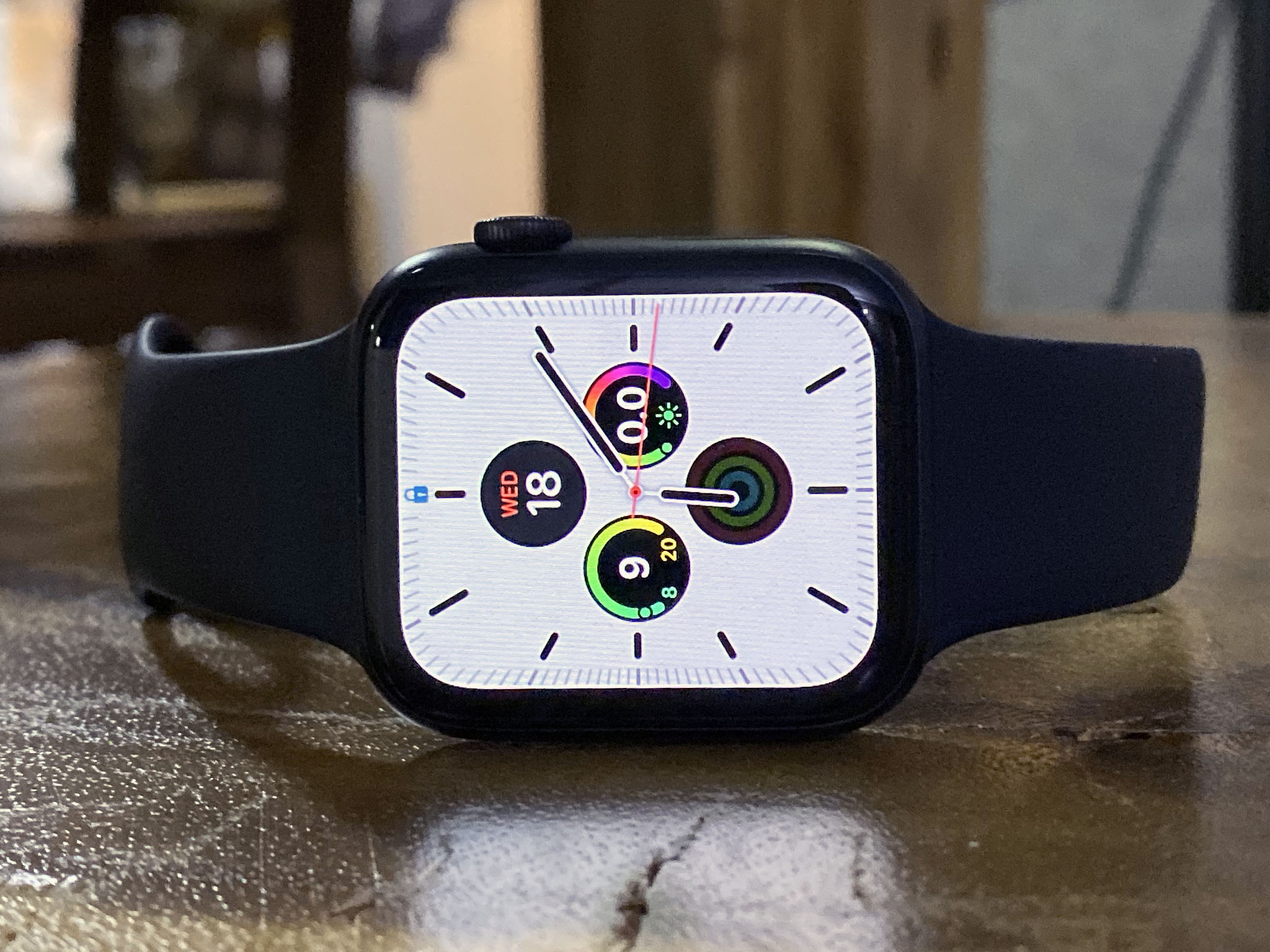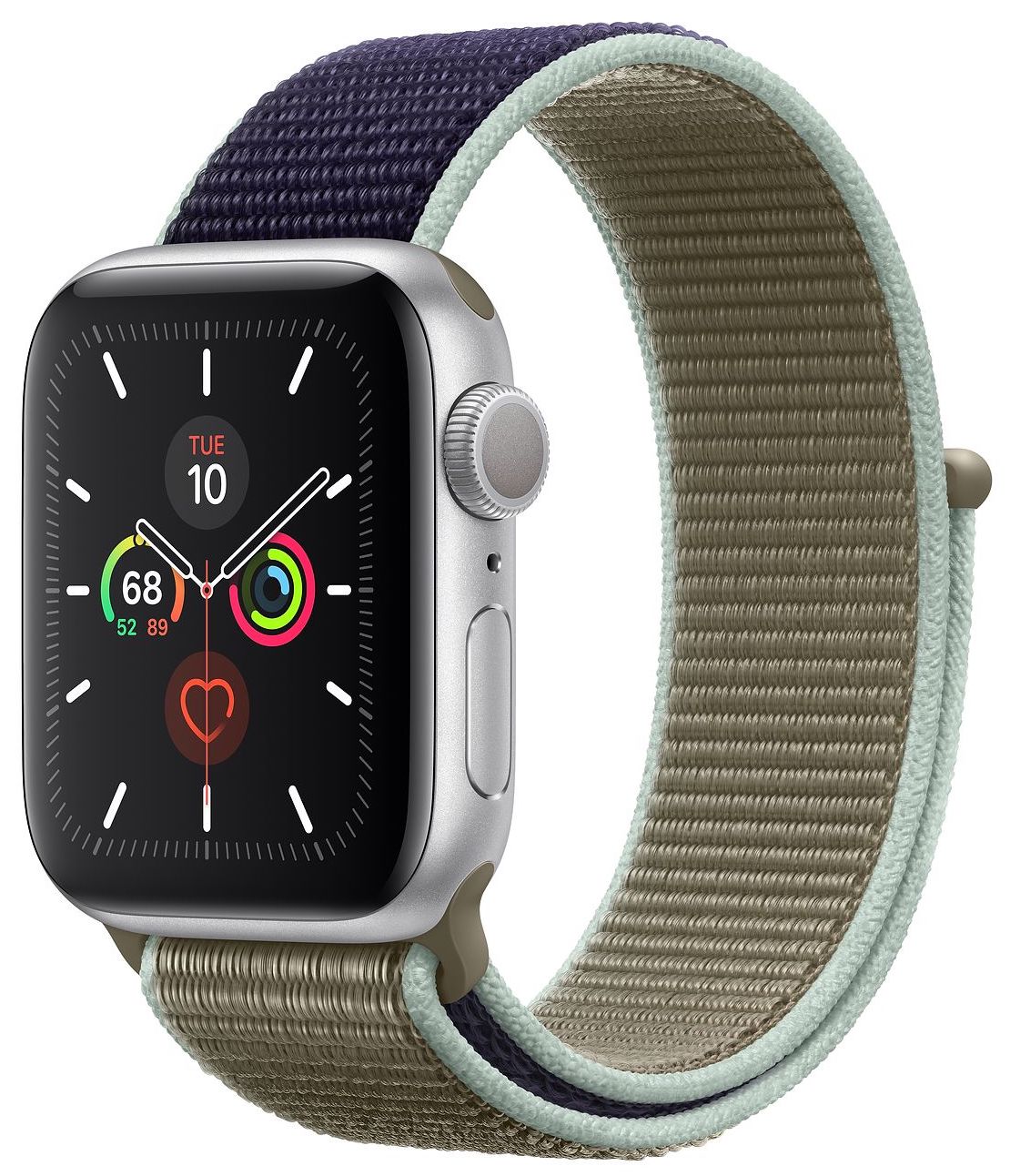Apple Watch Series 5 takes the world's best health and fitness tracker and motivator, connected communications and emergency contact band, and wearable computer platform, and brings it all back full circle — into just what might be the world's best watch.
To find out, I've been testing a space gray aluminum Apple Watch Series 5 running watchOS 6.0 for just about a week, both while traveling in Cupertino California and here at home in Montreal Canada.
Apple Watch Series 4: In Brief
For people who want:
- Big, always-on display
- Fast performance
- Compass, health & fitness tracking
- Built-in ECG, fall detection, emergency calling
- Optional LTE connectivity
- All-day battery life
Not for people who want:
- Android compatibility
- Custom watch faces
- Week-long battery life
Now, always on might not sound like a big deal, but it's been one of the biggest knocks on this gizmo since launch. I've mentioned it in every review since and so has almost every reviewer else.
While it's tempting to exclamation point that with an "obviously" or "finally", when you look back at how battery and binary constrained the original Apple Watch was, it's not surprising it took a while.
There was a shortlist of major features that were missing and Apple has spent each year, every year since, knocking them off.
Series 2 brought the power needed to make apps native. Series 3 added cellular connectivity. Series 4 pushed the display out to the edges. And now, Series 5 lets that display stay on all the time.
It lets the watch, you know, be a watch.
iMore offers spot-on advice and guidance from our team of experts, with decades of Apple device experience to lean on. Learn more with iMore!
If you already have a Series 4 you may not think that's worth upgrading to. For me, even if it was the only new feature — and it isn't — it totally would be. But I can certainly sympathize with that point of view.
Thing is, though. Most people in this world don't have a Series 4. Or any series.
Despite being the most popular watch and fitness tracker in the world, and product that's probably already bigger than the iPod at its height, the vast majority of people still don't have even one. Never mind Series 1.
And it's for them, the first-timers as much as the upgraders, that Apple has been knocking those items off the list.
So, that's how I'm going to approach this review. All the little details current Apple Watch owners demand, so they can figure out when and if they should upgrade, but also what's cool and compelling for those still sitting on the sidelines, watching, waiting, trying to decide when to take the plunge. And how.
Starting with the always-on display.
Apple Watch Series 5 Review: Always on display
In typical Apple fashion, they're not first to this. But they just might be best. There's no secondary display layer. No monochrome veneer. No special mode to turn on or turn off. No separate, kinda 1980s alarm-clock looking face to be stuck with. There's just the existing watch faces. All of them. All now available in always on.
Here's how it works. Previously, when you weren't using your Apple Watch, when you weren't interacting with it or tapping or turning it towards you so you could interact with it, it would go to sleep.
And it still does exactly the same thing now.
Only sleep no longer means the display turning off. Now it means the display staying on, but in ultra low power mode.
It's made possible by the low-temperature poly-silicon and oxide — or LPTO — display. It lets the Apple Watch dynamically adjust the refresh rate from the normal 60Hz all the way down to 1Hz.
It's connected to a new, low-power display driver and high efficiency, integrated power management circuit, all controlled by a new ambient light sensor.
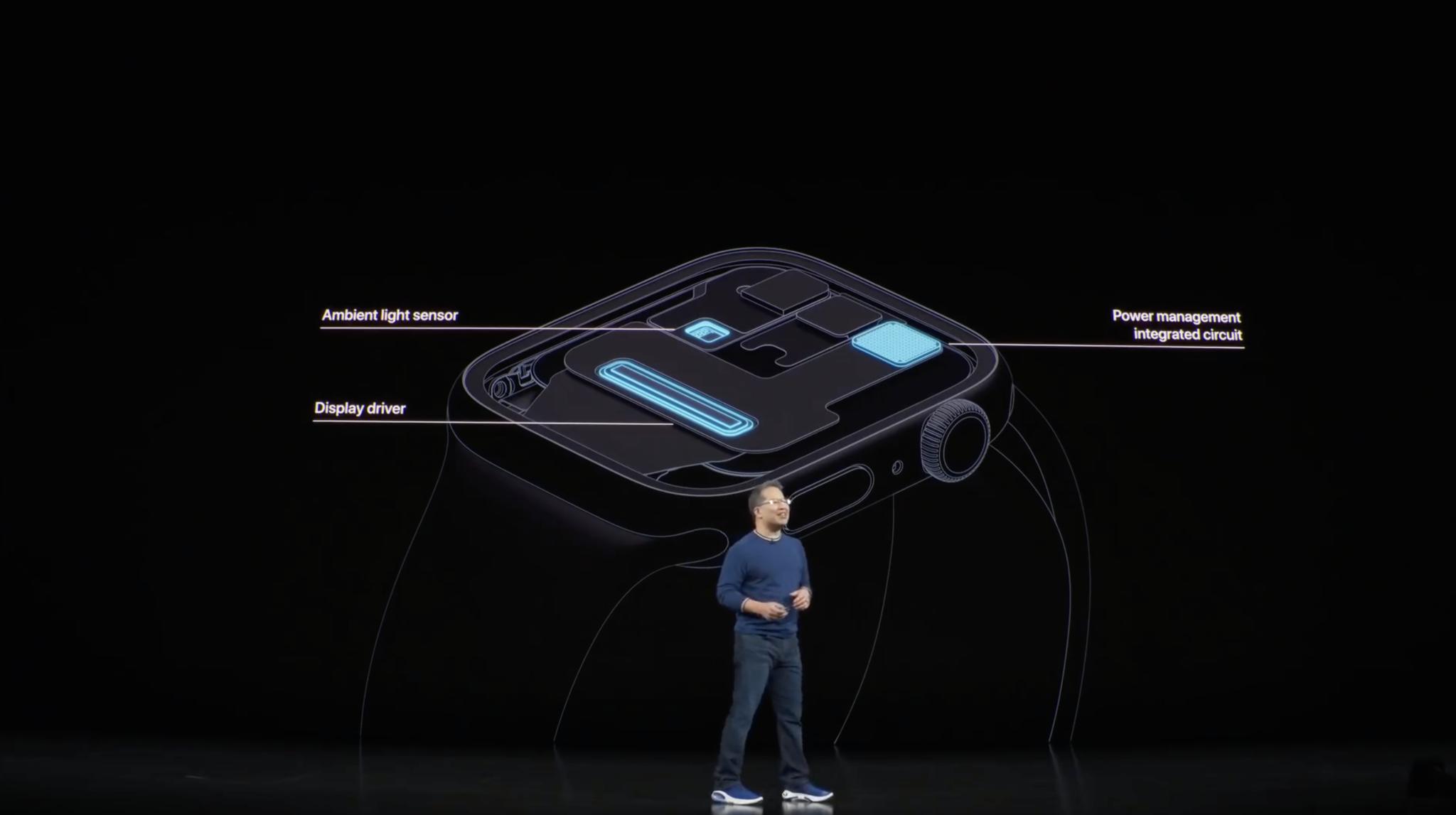
That's on the hardware side. On the software side, the Apple Watch team has crafted low power versions of all the watch faces.
Low power, in that, more costly animations like second hands and digits, Mickey and Minnie footy taps, and the like either disappear or stop moving. Bright colors dim. Costly fills dim all the way down, adding faint outlines to stay legible. Photos fade, and animations like butterflies and Buzz Lightyear go away.
And that's it. That's how they stay until you wake them up again, just like the Apple Watch has always woken up.
Since the moment Apple announced this feature I've had a lot of people asking me if you could turn it off, some for power reasons, some for privacy.
So, yes, you absolutely can. Just go into settings, brightness and display, and kill it any and every time you want to.
But, here's the thing, you may just discover you don't want or ever really need to.
First, if you're thinking normal 18-ish hour battery life with always on display means even better battery life with always on off, you'd be technically correct but far, far overestimating the actual difference it makes.
Apple says it's not a significant amount, much less life changing, and in my limited tests it wasn't even so much that I remembered to mark it down. Of course, your needs and ability to notice might vary, just consider the utility.
If you turn the watch off completely, it'll stay charged for months, for all the good it will do you. Battery is there to be spent.
Second, if you're worried about privacy, Apple has built in a series of considerations for you to… well, consider.
If you're worried about someone seeing a potentially sensitive notification, don't be.
Notifications don't animate in in low power mode. All you get is the tap or the tone and, if you want to see the banner, you have to wake the watch first.
If you're worried about someone seeing sensitive health or personal information in a complication, don't be.
You can go into settings, display & brightness, and hide sensitive complications too. Then, instead of dimming in always on mode, they disappear completely.
If you're worried about low power, even dimmed, being annoying in a theater or bedroom or wherever, if the ambient light sensor detects a particularly dark room, it'll dim the watch even more. If that's still not enough, you can always open control center and flip on theater mode to temporarily turn off the display entirely.
If you think it might be confusing, that because you can see the screen, just dim, in always on mode, you'll try to tap controls while the watch is still asleep… well, you're right.
If you don't turn your wrist first to wake your watch, the first tap won't activate the control, it'll wake the watch. And, because it's dim and not black, your brain will act like one plus one suddenly equalled a cheese danish.
You just have to plough through the initial, awkward adjustment period and keep going.
And if, after hearing all that, you still want to turn off the always on, hit me up in the comments and let me know why. I'm genuinely curious.
Apple has also extended always on to the workout app and for all workouts. That way, if you're doing anything, stretching, swimming, whatever, you can see your stats without having to reach for your watch… even in the pool.
But, Apple hasn't extended always on to any other app. So, if you're in an app and you cover the display to put your watch to sleep, it'll just jump back to the watch face and go into always on mode from there.
And, when you wake it, you'll stay on the face.
If your watch goes to sleep on its own, it'll blur and dim out the app, just so no personal data leaks out, and transparently layer a simple, digital time stamp at the top right.
And, when you wake it, you'll still be on the app.
It's an incredibly considerate user experience that I'm still getting used to. Being able to just glance at the time without having to move my arm or risk offending anyone I'm with, is transformative.
But it's also a little showy offy.
Now, when I go out, especially if it's someplace formal or fancy, I put a lot more thought into my watch face because I know other people might see it. Likewise if I'm going somewhere fun.
Usually, during the week, infographic modular is my go to. It's basically the dashboard for my day. But now, if I'm meeting people for lunch, or I just want to give my god kids a laugh, I'll swipe over to the new Meridian or California-in-lieu of Hermes. Even Solar or Mickey.
Almost the way a traditional watch collector might mull their collection before choosing their look for the day.
That might well fade with the novelty, but I'm enjoying it while it lasts. So much.
I've wanted always-on since day one. In hindsight, I wouldn't have traded any of the other features Apple front loaded first, like cellular or the edge-to-edge display. But I'm incredibly glad always-on is here and I'm even happier with how it's finally arrived.
Apple Watch Series 5 Review: Digital compass
Every year, when Apple introduces the new Apple Watch, they introduce the new S-series System-in-Package, or SiP along with it. That's basically the entire computer that runs the watch, all shrunk down and layered up together.
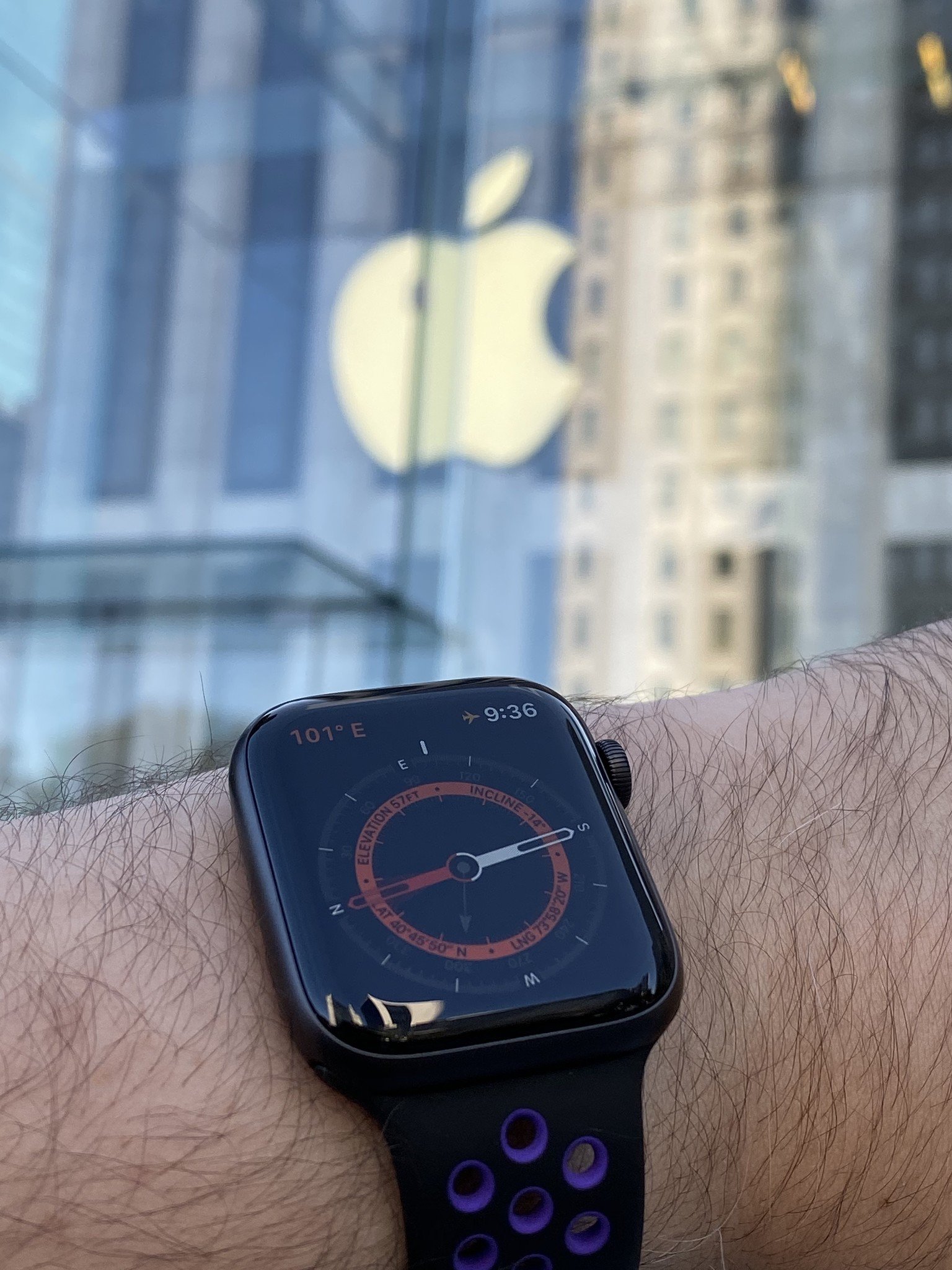
With Apple Watch Series 2, the S2 went dual-core. With Apple Watch Series 4, the S4 went 64-bit. With Apple Watch Series 5, the S5 is going… well, wherever the hell it wants, because now it's got a magnetometer — a digital compass and knows about direction.
Sorry, yeah. As silicon updates go, it's not just the breaking of Moore's law. It's the temporary cancellation of it.
But Series 5 isn't about performance. We've got that. And it's not about efficiency. The display system is handling that this year. It's just about maintaining everything else while always-on gets layer on top.
At least I hope that's what it's about.
With the A-Series system-on-a-chip, the one used in the iPhone and iPad, Apple has a lot of competition. Samsung, Huawei, Qualcomm, maybe even Intel if you want to look further out.
With watches, they really don't have any.
That's because it's incredibly expensive to make silicon for wearables. So expensive, Apple's one of the few companies that do it and the only company to my knowledge doing it well.
Other companies have reheated old phone chips, then reheated them again. But they simply don't have enough demand from enough customers to have enough budget to do much else right now.
And that's a shame, because completion is a benefit for everyone. It gives us more choice and it gives manufacturers more pressure.
Apple is usually really good about competing with themselves, so hopefully this is just a lull before the next leap. Because, even with always on, we're still not all the way through the list yet.
Not until Apple Watch is stand alone, can stay charged for a week, or both. No pressure.
There is a next-generation version of Apple's W3 chip inside, which handles all the radio communication for the Watch as efficiently and performantly as possible.
And the compass is cool. I was kind of blasé about it initially, because we've had one in the iPhone since the 3GS and I don't really think about it any more. But having it on the watch now has made me realize all the stuff it does and all the stuff the Watch hasn't been doing all this time without one.
Sure, there's a compass app, which is fun and probably beneficial for hikers and campers. (Though the app will quickly point out that it can be affected by magnetic watch bands, if you wear one.) There's also an API, an application programming interface so developers can use it in their own apps. Some are just ok, like food apps pointing you at the restaurant you're reading about. Others are blow away, like astronomy apps highlighting the stars.
It also adds valuable metrics to to workouts, including incline, elevation, and latitude and longitude. And, when combined with GPS, the barometric altimeter, topographical map data, and Wi-Fi, if any, it can show your altitude for hiking, running, and biking workouts as well.
By far, though, my favorite use so far has just been direction in the Maps app. While I was doing the battery life testing for the iPhones 11, I got run down, and so went into Victor Rose coffee for some of the last cold brew of the season.
The line was long, so by the time I got out, my friends had moved on.
Thinking quickly, I told Siri to find Georgia and a few moments later, the map popped up and the directions appeared on my wrist.
I started walking only to realize almost immediately, thanks to the brand new compass on the Apple Watch, that I was going the wrong way.
So, I turned around, turned the corner, and there they were.
Some features are big and fill in huge, hulking gaps. That's always on display. Others are small and serve more to round things out. This is that.
A digital compass nice to have that turns out to be really nice to have.
Apple Watch Series 5 Review: Emergency everywhere
When the Apple Watch got cellular networking, it came with a couple of huge caveats: because of its tiny, tiny size, it couldn't connect to enough radio bands to work in more than one place at a time. Apple had to basically make different models to support different parts of the world. And that meant no roaming.
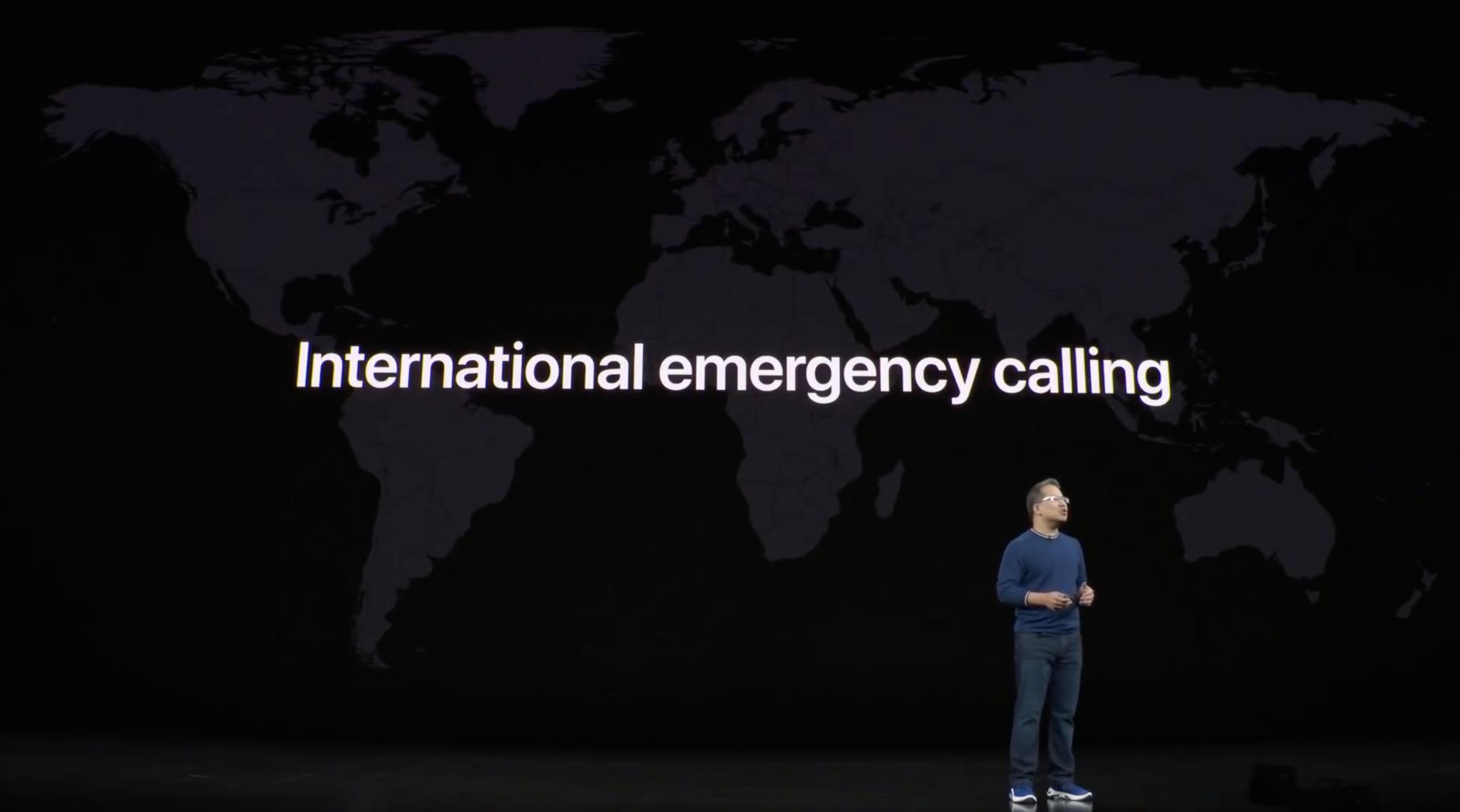
Except, now, for Series 5, Apple has managed to squeeze in just enough bands, like one per region, to support very, very limited international calling.
International emergency calling, to be specific.
It works almost everywhere — over 150 countries, according to Apple, — even when your phone isn't nearby to piggy back off of.
It does require a cellular-capable Apple Watch, because it needs that modem. But, it works even if you've never activated the watch on a cellular plan and have no existing service.
It's just there. All the time. Ready and waiting to help if your Apple Watch detects a fall or you hit SOS. At home, or abroad.
And that opens up an entirely new roll for the device as an always available emergency beacon, everywhere.
I got a few family members the Series 4 last year just for the fall detection and SOS, so the rest of us wouldn't have to worry so much. Now, I kinda want to swap a couple of them out for the Series 5, the ones that live alone or travel a lot.
I've said it countless times already, but I consider Apple Watch the most important device Apple has ever made because it deliberately, intentionally, by design, saves lives.
International emergency calling is just one more in an increasingly long list of ways Apple is leading that charge.
Apple Watch Series 5 Review: watchOS 6
I'm not going to spend too much time on watchOS 6 right now because, one, it's so good it really deserves its own review and two, it's coming to every Apple Watch with the exception of the original, so locking it up here with the new hardware really doesn't serve existing users.
So, more on the bits later. Let's talk about the atoms.
Apple Watch Series 5 Review: Titanium & Ceramic
There are a few new finishes coming to Apple Watch Series 5. Not aluminum or Nike, alas. Those are pretty much the same silver and space gray for both, and annual shade of gold for the regular, non-Nike. The Nike gold would be pretty good. As would some iPhone 11 style Product Red.

Steel comes in the same polished and DLC-coated space black as it has since launch, though this year Hermes also offers the space black option. And it looks black fire.
White fire is the triumphantly returning Ceramic Edition, which debuted with Apple Watch Series 2 but vanished last year on the Series 4.
Brand new for Apple Watch Series 5 is the Titanium. Lighter and stronger than steel, it comes in a similar DLC-coated space Black, but also in a new brushed metal, with a special surface treatment created by Apple to be as fingerprint and stain resistant as the black.
It's branded as an Edition despite being only a hundred bucks more expensive than the steel because Edition is where Apple's materials team gets to come out and play.
It's watchy-watch stuff for watch-watch lovers, inside Apple and out. And it's just so exactly what makes Apple Apple and the Watch a watch.
Apple Watch Series 5 Review: Bands & Studio
Apple releases new, seasonal bands for Apple Watch every spring, summer, and fall. In the beginning there were also new styles every year. Now, it's mostly about new colors and combinations.

Like I said in the hands-on, there's no ceramic or titanium bracelet, which is a drag. I'd love to see them.
But there are some cool two-tone sport loops, hot new Nike bands, and Hermes prints.
What's more interesting than the bands, though, is how you buy them.
It used to be in set pairs with the case. Now, with Apple Watch Studio, you can mix and match your own custom combos, both online and at Apple retail stores.
Hermes stays Hermes, obviously, but it looks like everything else is fair match game.
And I love it.
Apple Watch Series 5 Review: Bottom LIne
With the launch of Apple Watch Series 5, Apple may have cancelled the Series 4, but they've kept around the Series 3.
And, at $199, that's entry-level iPad great. As much as Apple is pushing the latest to new levels of greatness, they're now leaving really good, really useful versions of the same products at lower price points and making them accessible to even more people.
People who may not wanted to try it at full price or simply couldn't afford to. Again, as much as some with breathlessly bemoan the lack of reasons to update year-over-year, most people in the world still haven't bought a single Apple Watch.
The play here isn't upgrading, it's on-boarding, and Apple just gave a lot of people 199 reasons to think about the Watch for the first time. Especially as we enter the holidays.
For everyone else, they're giving Apple Watch Series 4: the world's best health and fitness tracker and motivator, connected communications and emergency contact band, and wearable computer platform that, yes, really does brings it all back full circle.
Apple Watch Series 5 is now the world's best watch. Period.
Originally published September 2019.

Rene Ritchie is one of the most respected Apple analysts in the business, reaching a combined audience of over 40 million readers a month. His YouTube channel, Vector, has over 90 thousand subscribers and 14 million views and his podcasts, including Debug, have been downloaded over 20 million times. He also regularly co-hosts MacBreak Weekly for the TWiT network and co-hosted CES Live! and Talk Mobile. Based in Montreal, Rene is a former director of product marketing, web developer, and graphic designer. He's authored several books and appeared on numerous television and radio segments to discuss Apple and the technology industry. When not working, he likes to cook, grapple, and spend time with his friends and family.
